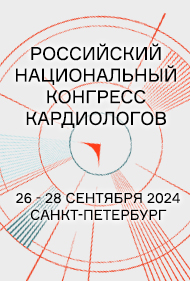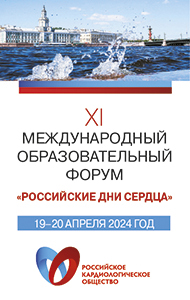Bivalirudin noninferior to heparin in patients undergoing TAVR
The use of bivalirudin as an anticoagulant in patients with severe, symptomatic aortic stenosis undergoing transcatheter aortic valve replacement was noninferior to heparin, according to study results from the BRAVO 3 study presented at the annual TCT Scientific Symposium.
“Major bleeding remains an important concern [in TAVR],” Thierry Lefèvre, MD, FESC, FSCAI, an interventional cardiologist at the Institut Cardiovasculaire Paris Sud in Massy, France, said during a presentation. “Bivalirudin has reduced major bleeding in the setting of PCI compared [with] other regimens. The safety and efficacy of bivalirudin in comparison to unfractionated heparin in TAVR is unknown.”
Lefèvre and colleagues enrolled 802 high-risk patients with severe, symptomatic aortic stenosis undergoing transfemoral TAVR. Eligible patients were aged at least 18 years and designated as high risk through a EuroSCORE of at least 18 or being ineligible for surgical aortic valve replacement. Investigators from seven countries participated.
The phase 3b open-label trial was conducted at 31 sites and randomly assigned patients in a 1:1 fashion to bivalirudin (bolus 0.75 mg/kg + infusion 1.75 or 1.4 or 1 mg/kg/hour) or unfractionated heparin (recommended [activated clotting time] ≥ 250). Heparin dosing and the use of protamine was left to the discretion of the physician. Co-primary endpoints included BARC major bleeding of at least grade 3b at 48 hours after TAVR or at hospital discharge, whichever occurred first, and net clinical adverse events (death, MI, stroke and major bleeding) for up to 30 days.
The researchers collected baseline characteristics and procedural data for all patients randomly assigned to bivalirudin (n = 404) or heparin (n = 398). Average age was the same between the groups (82.3 ± 6.5), and about half of the patients in each group were women (bivalirudin, 48.3%; heparin, 49.2%). Logistic EuroSCORE was similar between groups (bivalirudin, 17.2 ± 10.7; heparin, 16.9 ± 9.9).
Procedural success was observed in almost all patients in both the bivalirudin (n = 393; 97.3%) and heparin (n = 388; 97.5%) arms. Major bleeding (BARC ≥ 3b) at 48 hours after TAVR or at discharge, the first co-primary endpoint, was observed in 28 patients (6.9%) in the bivalirudin arm and 36 patients (9%) in the heparin arm (RR = 0.77; 95% CI, 0.48-1.23). The second co-primary endpoint, net adverse CV events at 30 days, occurred in 58 patients (14.4%) in the bivalirudin group and 64 patients (16.1%) in the heparin group (RR = 0.89; 95% CI, 0.64-1.24). Mortality rates at 48 hours were 1.5% (n = 6) in the bivalirudin group and 1.8% (n = 7) in the heparin group (RR = 0.85; 95% CI, 0.29-2.49).
“Major bleeding and [net adverse CV events] were lower than expected in both arms,” Lefèvre said. “Procedural anticoagulation with bivalirudin did not significantly reduce major bleeding at 48 hours or [net adverse CV events] at 30 days compared with heparin. Bivalirudin can be the alternative anticoagulant during TAVR in patients who cannot be treated with heparin.” – by Julia Ernst, MS
Reference:
Lefèvre T, et al. BRAVO 3: A prospective randomized trial of bivalirudin versus heparin in patients undergoing transcatheter aortic valve replacement. Presented at: TCT Scientific Symposium; Oct. 11-15, 2015; San Francisco.
Disclosure: Lefèvre reports receiving grant/research support, consulting fees/honoraria, royalty income, intellectual property rights or other financial benefit, holding major stock/equity or serving in an ownership/founder role, for Boston Scientific, Direct Flow, Edwards Lifesciences, Medtronic and Symetis.
Source: www.healio.com






